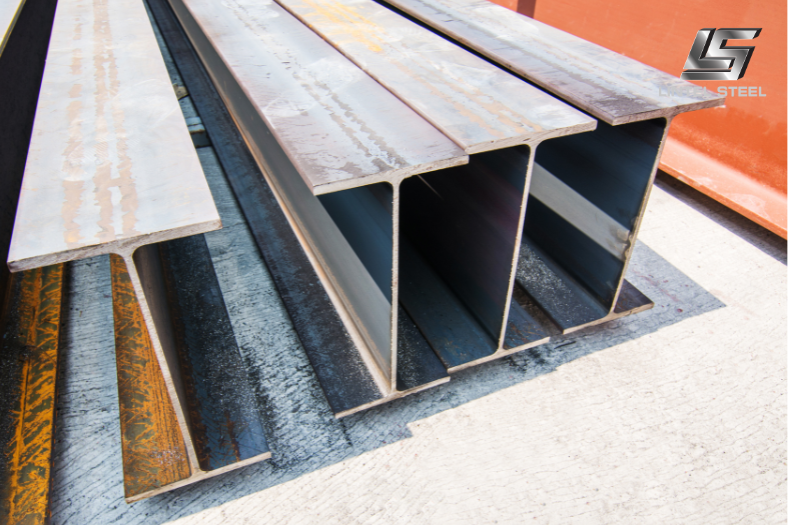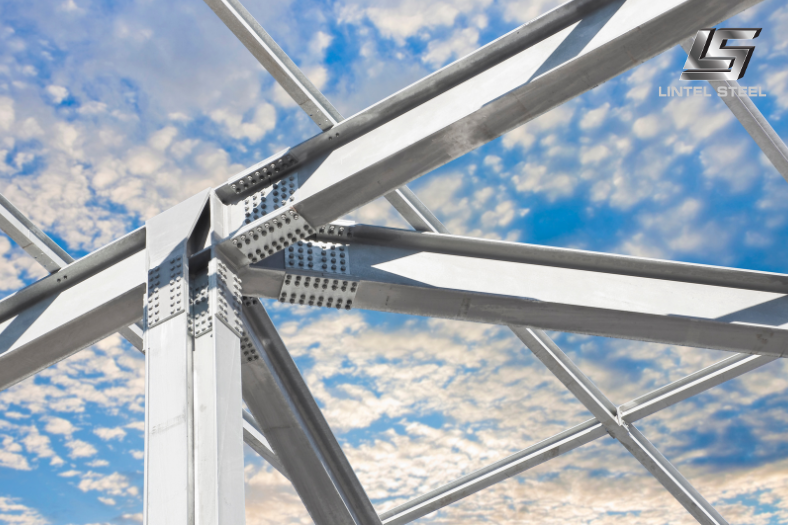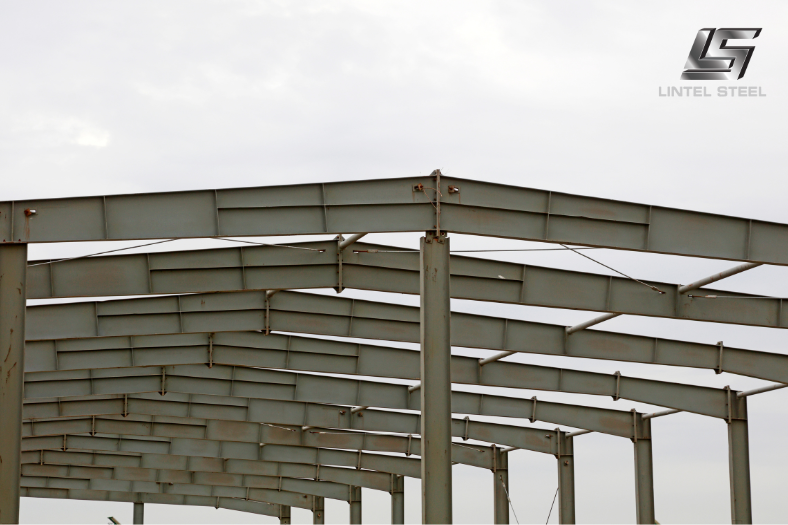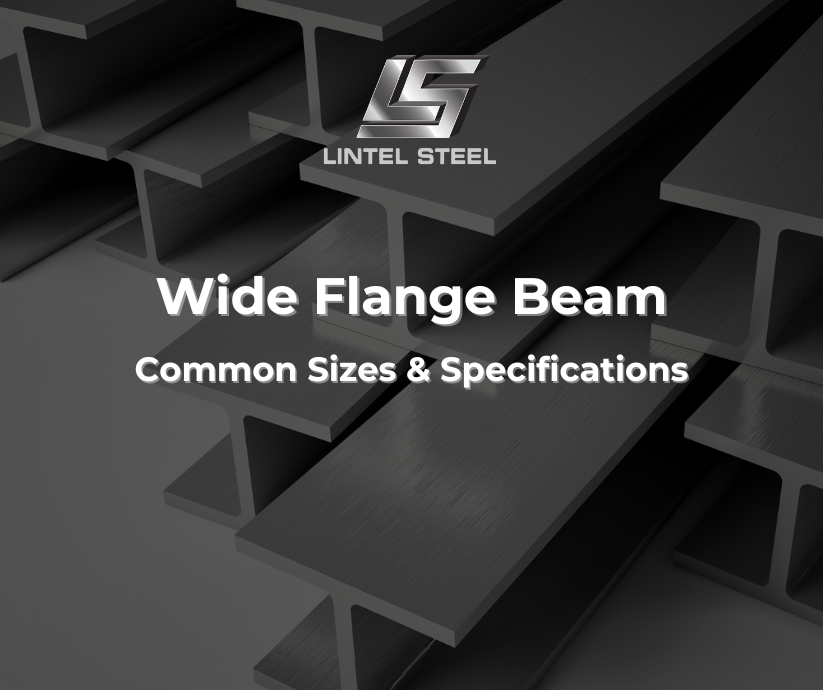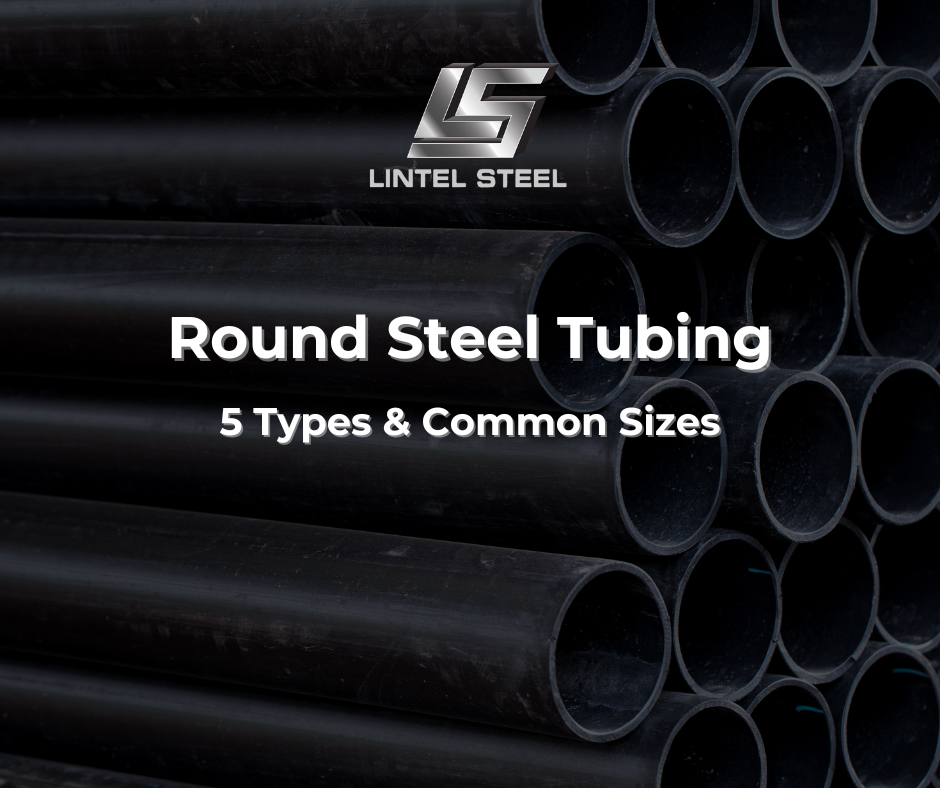Structural Steel Beams: 5 Key Points to Choose the Right Steel
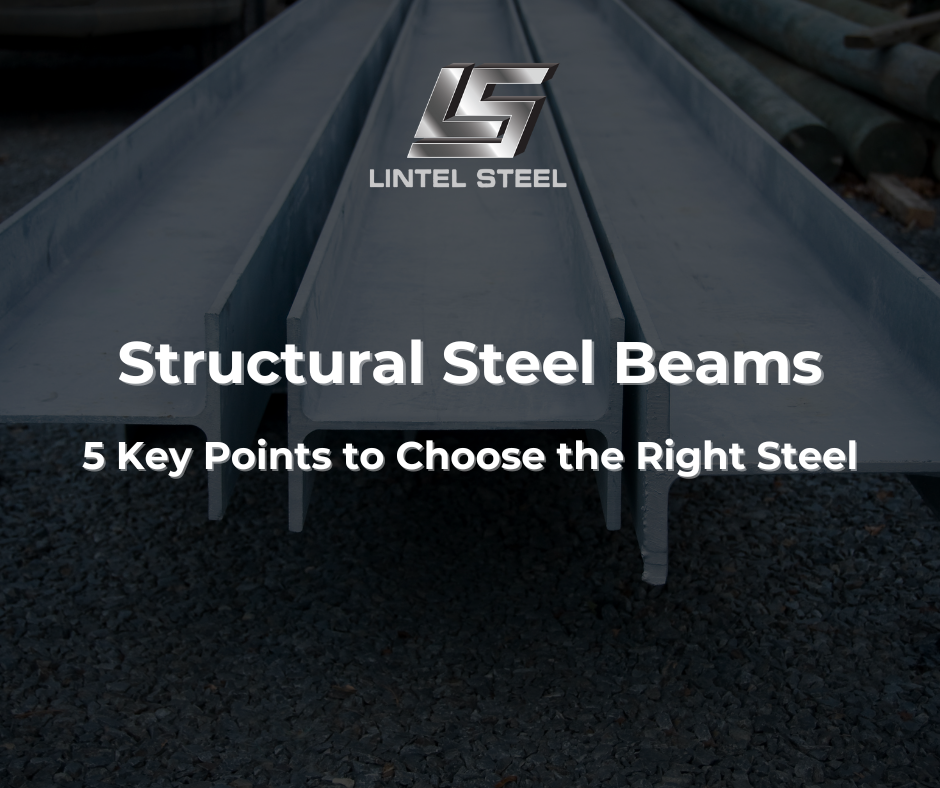
Structural steel beams are designed to handle both tension and compression, distributing loads evenly throughout a building’s framework. They can be fabricated in various shapes and sizes — including I-beams, H-beams, universal beams, and channels — each suited to specific architectural and engineering requirements. Their adaptability makes them an integral part of modern construction, offering both strength and design flexibility.
Beyond their mechanical advantages, structural steel beams also contribute to faster project timelines, cost efficiency, and sustainability. Steel’s high recyclability and consistent quality make it a preferred choice among builders and architects striving for eco-friendly and efficient construction solutions.
In this article, we’ll explore the different types of structural steel beams, their key advantages, and why they continue to be the cornerstone of reliable, modern building design.
What Are Structural Steel Beams?
Structural steel beams are one of the most essential elements in modern building and infrastructure construction. They are long, sturdy members designed to support heavy loads and distribute weight evenly across a structure.
Made from high-quality steel, these beams provide superior strength, durability, and flexibility compared to timber or concrete alternatives. They form the skeleton of buildings, bridges, warehouses, and industrial facilities — ensuring stability, safety, and longevity.
Common shapes of structural steel beams include:
- I-beams (Universal Beams): Shaped like the letter “I”, used for strong vertical and horizontal support.
- H-beams (Wide Flange Beams): With a wider flange for greater load distribution and stiffness.
- T-beams: Used in floor systems and structural reinforcements.
- Channel Beams (C-section): Suitable for lighter structural applications, such as framing and bracing.
- Angle Beams (L-section): Commonly used for joining, reinforcement, or as edge supports.
Each type of structural steel beam is engineered to serve specific purposes, depending on the building design, load requirements, and environment.
The Role of Structural Steel Beams in Construction
In any construction project, structural steel beams act as the primary load-bearing elements. They transfer the weight of floors, roofs, and walls to the building’s foundation while maintaining rigidity and stability under tension, compression, and bending.
Their ability to withstand both vertical and lateral forces makes them indispensable for high-rise buildings, bridges, industrial plants, and residential structures. With advanced fabrication and design technologies, steel beams can be manufactured in various sizes, grades, and finishes to meet architectural and engineering demands.
Key Benefits of Structural Steel Beams
Strength and Durability
Structural steel beams have a high strength-to-weight ratio, allowing them to support heavy loads without adding excessive weight to the structure. They resist bending, buckling, and deformation, even under extreme conditions such as wind or seismic activity.
Design Flexibility
Because steel can be fabricated into numerous shapes and lengths, it gives engineers and architects greater design freedom. Complex structural layouts, long spans, and open spaces are all achievable with structural steel beams.
Cost-Effectiveness
While the initial investment in steel may be higher than concrete or wood, the long-term savings are significant. Steel’s durability, low maintenance requirements, and recyclability make it a sustainable and cost-efficient choice for large-scale projects.
Fire and Corrosion Resistance
Modern structural steel beams can be treated with fire-resistant coatings and galvanised finishes to enhance safety and longevity. These treatments protect the steel from rust, moisture, and high temperatures, extending its service life even in harsh environments.
Sustainability
Steel is one of the most recyclable materials in the world. Over 90% of structural steel used today comes from recycled sources, making structural steel beams a leading choice for environmentally conscious construction.
Common Applications of Structural Steel Beams
Structural steel beams are used in a wide variety of projects due to their unmatched strength and adaptability:
- Commercial buildings – supporting floors, columns, and roofing systems.
- Bridges and highways – carrying heavy dynamic loads over long spans.
- Residential homes – providing structural support for basements, garages, and open-plan layouts.
- Industrial plants and factories – framing heavy equipment and mezzanine floors.
- Warehouses and distribution centers – ensuring wide, column-free spaces for storage and operations.
- Infrastructure and transport projects – forming the core framework of rail stations, airports, and tunnels.
No matter the application, structural steel beams deliver a perfect balance of reliability, efficiency, and design versatility.
Fabrication and Installation of Structural Steel Beams
Fabricating structural steel beams involves cutting, drilling, welding, and finishing processes to meet precise design specifications. Advanced technologies such as CNC machining, plasma cutting, and robotic welding ensure accuracy and uniformity.
Installation typically involves lifting and connecting the beams using bolts or welds according to engineering plans. Proper alignment and load distribution are crucial to maintain structural integrity. Once erected, the beams are inspected for straightness, surface protection, and joint security before other building elements are added.
Choosing the Right Structural Steel Beams for Your Project
When selecting structural steel beams, several factors must be considered:
- Load requirements: Determine the weight and type of load the beam must support.
- Span length: Longer spans require deeper or wider beam sections.
- Environmental conditions: Choose finishes such as galvanised or painted coatings for outdoor or marine environments.
- Fabrication needs: Assess whether beams need cutting, drilling, or welding before installation.
- Compliance with standards: Ensure beams meet national standards such as AS/NZS, ASTM, or BS for structural steel.
Consulting with a structural engineer or experienced steel supplier ensures that each beam is properly sized and rated for safety and efficiency.
The Future of Structural Steel Beams
With advancements in metallurgy and fabrication, structural steel beams are becoming lighter, stronger, and more sustainable. Innovations such as high-strength low-alloy (HSLA) steel and prefabricated modular structures are reshaping how buildings and infrastructure are designed.
These developments make steel not only the backbone of traditional construction but also a driving force in the future of green, efficient, and technologically advanced building systems.
Conclusion
From skyscrapers to residential homes, structural steel beams remain the foundation of modern architecture and engineering. Their combination of strength, flexibility, and sustainability has made them the material of choice for builders and designers worldwide.
Choosing the right structural steel beams for your project ensures long-term safety, performance, and value. Whether you’re constructing a bridge, an industrial facility, or a home extension, steel beams deliver unmatched dependability — truly the backbone of any modern structure.
You can find out more about us at our Fanpage Lintel Steel.

